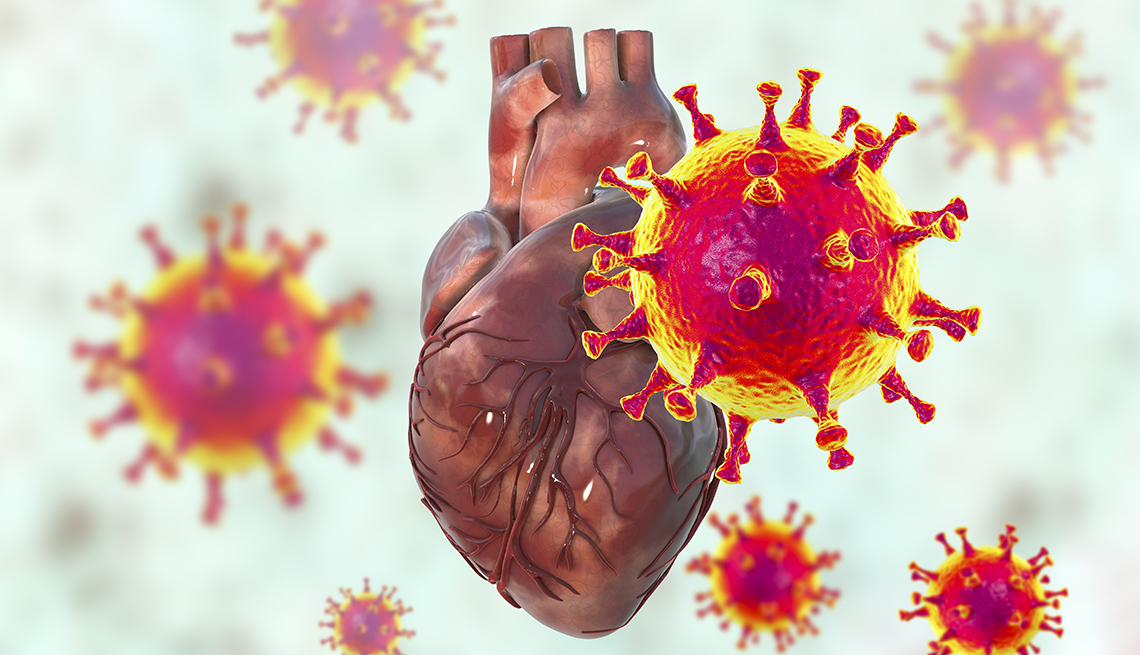Patients with COVID-19 who are placed on ventilators may take a long time to regain consciousness. New study suggests that these delays may have a purpose: they protect the brain from oxygen shortage.
The existence of such a brain-preserving condition may explain why some patients wake up days or even weeks after ceasing respiration, and it implies that physicians should account for these extended recovery intervals when deciding a patient’s prognosis. The researchers link the pattern identified among people who have survived severe COVID-19 with comparable delays known to occur in a tiny percentage of cardiac arrest patients in a report published November 7 in the Proceedings of the National Academy of Sciences.
“The delayed recoveries in COVID-19 individuals are strikingly similar to the few cases we’ve previously identified. We describe a mechanism in this new paper to explain what we’re seeing in both types of patients “Dr. Nicholas D. Schiff, the Jerold B. Katz Professor of Neurology and Neuroscience in the Feil Family Brain and Mind Research Institute and co-director of the Consortium for the Advanced Study of Brain Injury (CASBI) at Weill Cornell Medicine, is a study co-senior author.
He discovered support for this idea, that patients’ brains are defending themselves, in species that can withstand prolonged periods without oxygen, most notably painted turtles.
Dr. Schiff and his colleagues initially identified similar delays in comatose cardiac arrest patients who got cooling treatment to prevent brain damage caused by a lack of blood supply more than a decade ago. In one such example, a 71-year-old patient needed 37 days to awaken before recovering nearly completely.
Dr. Schiff, a neurologist at NewYork-Presbyterian/Weill Cornell Medical Center, performed neurology consultations for COVID-19 patients during the pandemic, and he soon noticed similar, delayed awakenings occurring when patients were taken off ventilators and stopped receiving the sedatives given to them to reduce their movement.
Dr. Schiff and his colleagues, including co-author of the current paper, Dr. Emery N. Brown, professor of anaesthesia at Harvard Medical School, Edward Hood Taplin Professor of Medical Engineering and Computational Neuroscience in The Picower Institute for Learning and Memory at MIT, and an anesthesiologist at Massachusetts General Hospital, performed a separate analysis of a large cohort of Covid-19 patients from Weill Cornell Medicine and two other major U.S. medical centres. The greater the wait, the more oxygen deprivation they experienced while on the ventilator.
In a previous study of cardiac patients, the researchers discovered a specific pattern in brain activity, which was also observed in patients undergoing profound anaesthesia. (There are very few recordings from COVID-19 patients.) Dr. Schiff discovered a similar pattern in the brains of painted turtles, which can survive up to five months without oxygen under ice in the winter. To do this, they engage the same inhibitory mechanism within the brain that is targeted by anaesthetics administered to human cardiac and COVID-19 patients, but in unique methods created through evolutionary adaptations.
Dr. Schiff and Dr. Brown argue that the same protective reaction occurs in the patients through coincidence.
“It is our opinion that oxygen deprivation, as well as ICU techniques, including routinely used anaesthetics, expose components of methods that animals utilise to survive in harsh settings,” Dr. Schiff explained.
“These findings may provide fresh insights into the processes by which particular anaesthetics generate unconsciousness, as well as novel techniques for ICU sedation and promoting recovery from consciousness issues,” Dr. Brown stated.
When patients fail to regain consciousness for a lengthy period of time, doctors may propose discontinuing life-sustaining care. For cardiac patients, this criterion is commonly established at 14 days or fewer, however no such recommendations exist for COVID-19.

